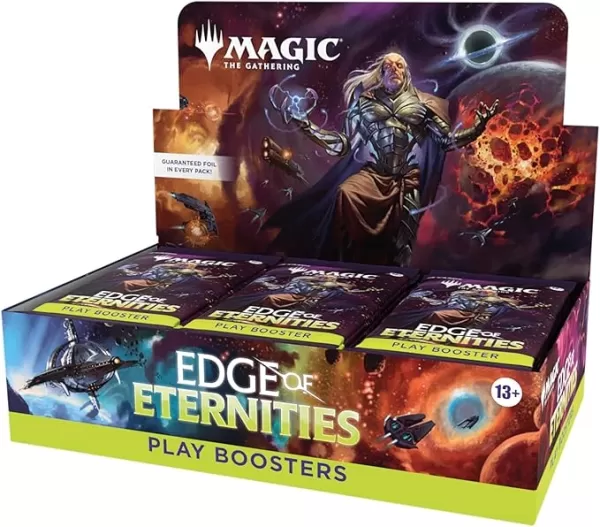Fortnite Chapter 6: Optimize PC Settings for Max FPS Boost
- By Aaron
- Mar 28,2025
*Fortnite* can be incredibly chaotic, and when poor framerates come into play, the game can quickly become unplayable. Fortunately, many of these issues can be resolved by simply adjusting your settings. Below, I'll guide you through the best PC settings for *Fortnite* to ensure a smooth and enjoyable gaming experience.
Fortnite Best Display Settings
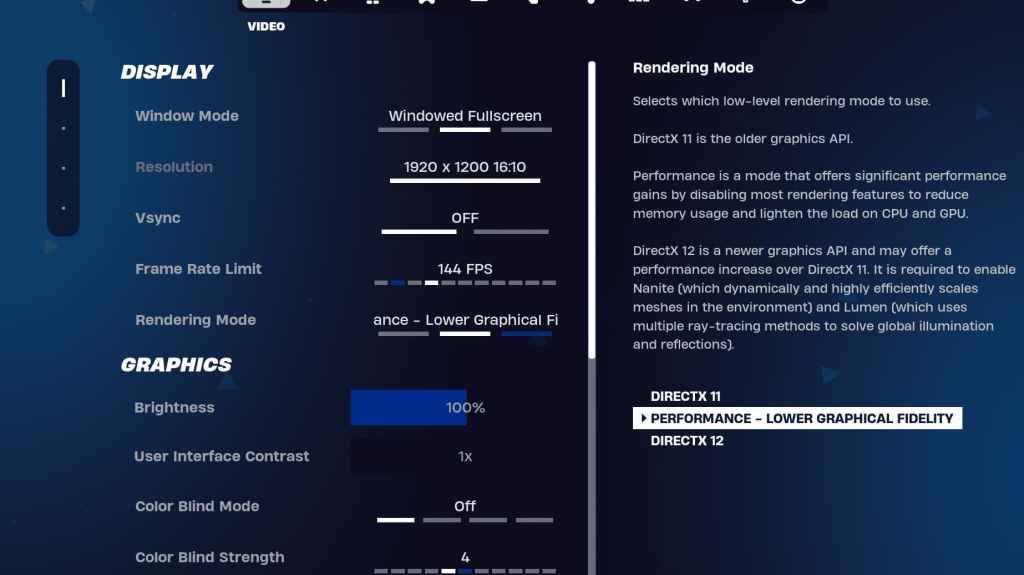
The Video section in Fortnite is divided into two parts: Display and Graphics. Both are crucial for optimizing performance, so let's dive into the best settings for the Display section:
| Setting | Recommended |
| Window Mode | Fullscreen for the best performance. Choose Windowed Fullscreen if you frequently tab out. |
| Resolution | Set to your monitor's native resolution (typically 1920×1080). Lower it if you're using a low-end PC. |
| V-sync | Off to avoid input lag. |
| Framerate Limit | Match your monitor's refresh rate (e.g., 144, 240). |
| Rendering Mode | Performance mode for maximum FPS. |
Rendering Modes – Which To Choose
Fortnite offers three rendering modes: Performance, DirectX 11, and DirectX 12. DirectX 11 is older and more stable, set as default, and runs smoothly without major performance issues. DirectX 12 is newer, potentially offering a performance boost on newer systems with additional graphic options for better visuals. However, for the best performance and lowest input lag, Performance mode is preferred by professionals, though it sacrifices visual quality.
Related: Best Loadout for Fortnite Ballistic
Fortnite Best Graphics Settings
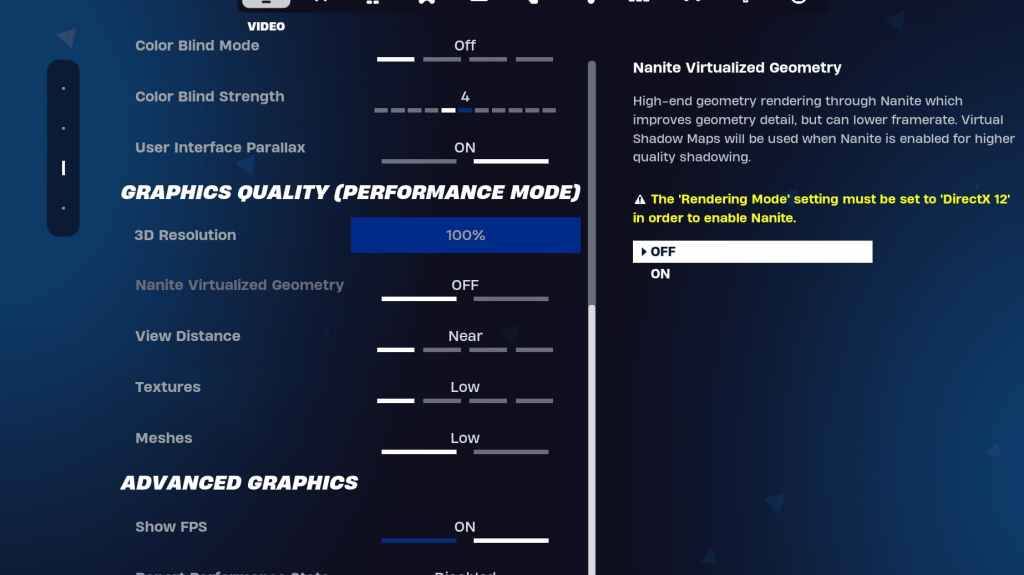
The graphics section is where you can significantly boost your FPS. These settings control how your game looks and should be adjusted to minimize resource usage and maximize frame generation. Here are the recommended graphics settings for Fortnite:
| **Setting** | **Recommended** |
| Quality Preset | Low |
| Anti-Aliasing and Super Resolution | Anti-aliasing and Super Resolution |
| 3D Resolution | 100%. Set between 70-80% if using a low-end PC. |
| Nanite Virtual Geometry (Only in DX12) | Off |
| Shadows | Off |
| Global Illumination | Off |
| Reflections | Off |
| View Distance | Epic |
| Textures | Low |
| Effects | Low |
| Post Processing | Low |
| Hardware Ray Tracing | Off |
| Nvidia Low Latency Mode (Only for Nvidia GPUs) | On+Boost |
| Show FPS | On |
Fortnite Best Game Settings
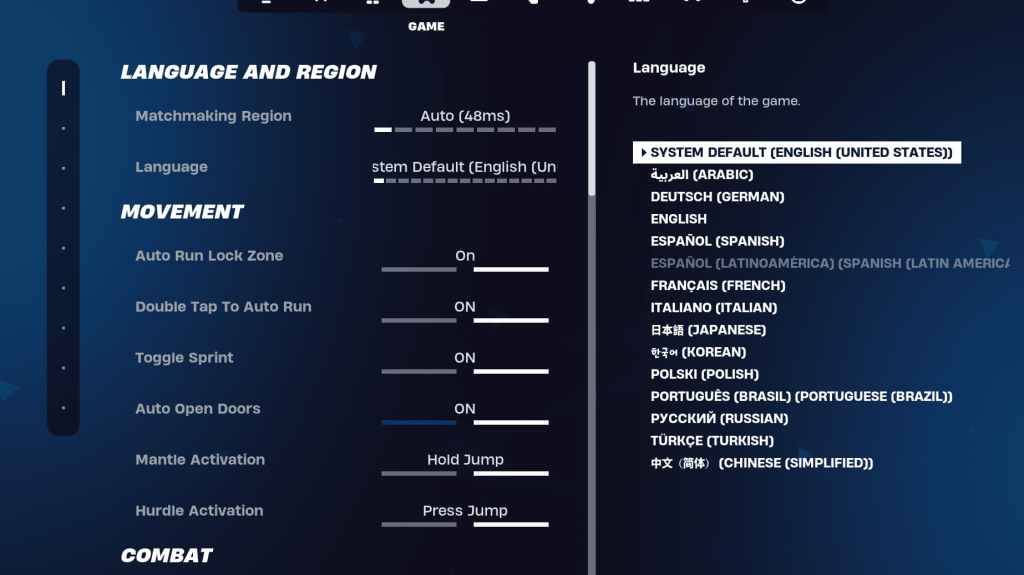
The Game section in Fortnite settings doesn't affect FPS but is crucial for gameplay, particularly for editing, building, and movement. Here are some key settings to consider:
Movement
- Auto Open Doors: On
- Double Tap to Auto Run: On (for controllers)
The rest can be left at default settings.
Combat
- Hold to Swap Pickup: On (allows swapping weapons from the ground by holding the Use key)
- Toggle Targeting: Personal Preference (choose between Hold/Toggle to Scope)
- Auto Pickup Weapons: On
Building
- Reset Building Choice: Off
- Disable Pre-edit Option: Off
- Turbo Building: Off
- Auto-Confirm Edits: Personal Preference (use Both if unsure)
- Simple Edit: Personal Preference (easier for beginners)
- Tap to Simple Edit: On (only if Simple Edit is on)
These settings cover the essentials in the Game tab. The remaining options are quality-of-life features that don't impact gameplay or performance.
Fortnite Best Audio Settings
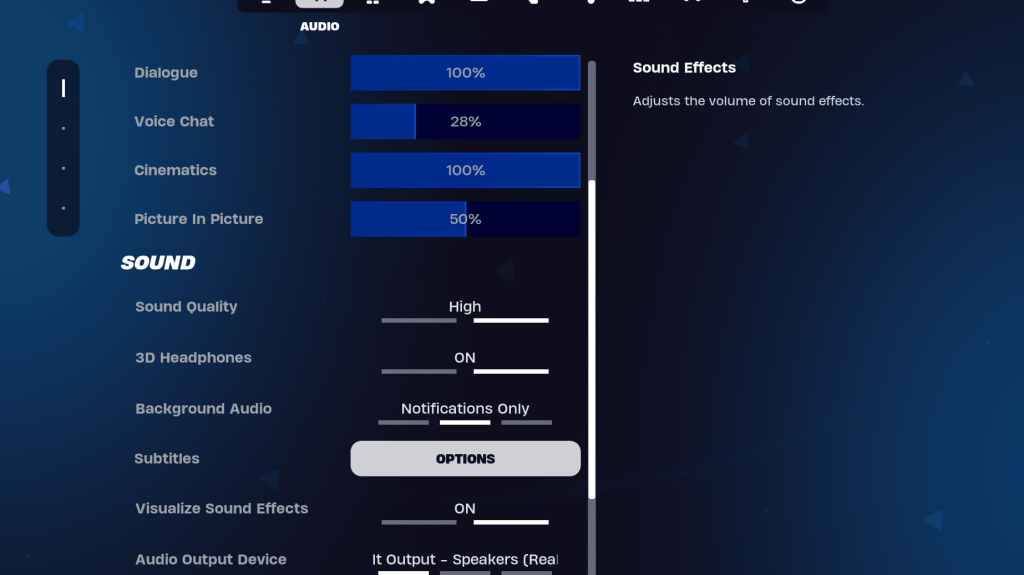
Audio is vital in Fortnite for detecting enemy footsteps, gunshots, and other cues. The default audio settings are generally good, but you should enable 3D Headphones and Visualize Sound Effects. 3D Headphones enhance directional hearing, though they may not work well with all headphones, so some experimentation might be necessary. Visualize Sound Effects provides visual indicators for sounds like footsteps or chests.
Related: How to Accept the EULA in Fortnite
Fortnite Best Keyboard and Mouse Settings

The Keyboard and Mouse tab is where you'll set your sensitivity and other useful settings. Adjacent to this tab is the Keyboard Controls tab for configuring your keybinds.
In the Keyboard and Mouse tab, consider these sensitivity settings:
- X/Y Sensitivity: Personal Preference
- Targeting Sensitivity: 45-60%
- Scope Sensitivity: 45-60%
- Building/Editing Sensitivity: Personal Preference
Keyboard Movement
- Use Custom Diagonals: On
- Forward Angle: 75-78
- Strafe Angle: 90
- Backward Angle: 135
For keybinds, start with the defaults and adjust as needed. There's no one-size-fits-all solution; it's all about personal preference. Check out our guide on the best Fortnite keybinds for more detailed recommendations.
That's a comprehensive overview of the best settings for Fortnite. If you're gearing up for Fortnite Ballistic, make sure to optimize your settings for that mode as well.
Fortnite is available to play on various platforms, including the Meta Quest 2 and 3.
